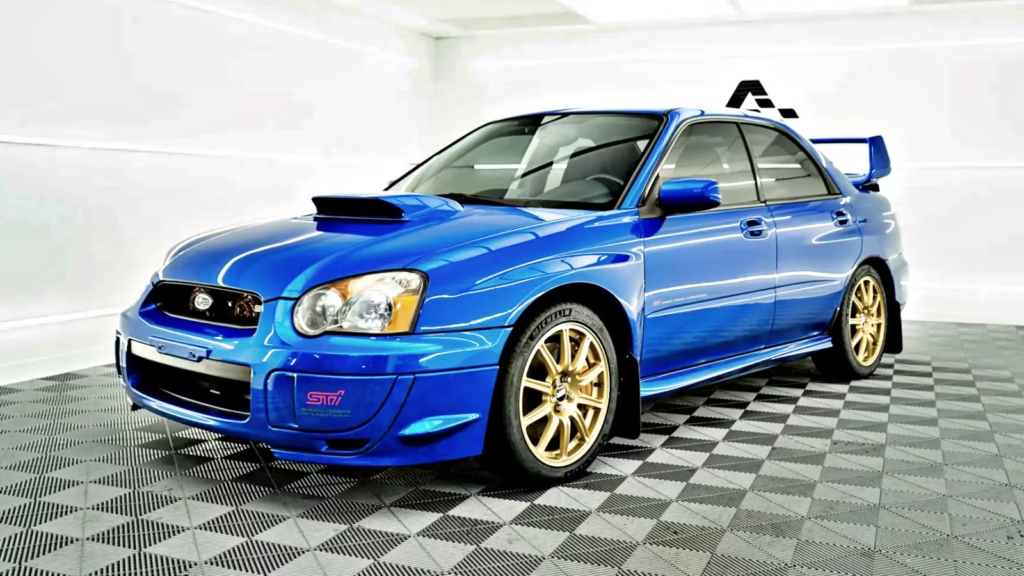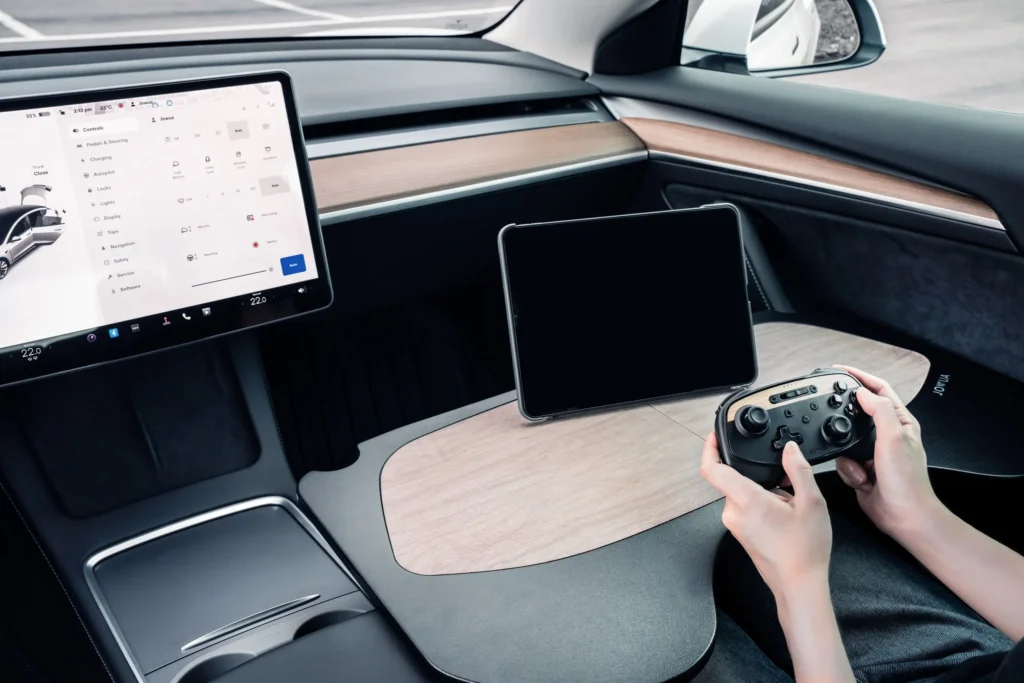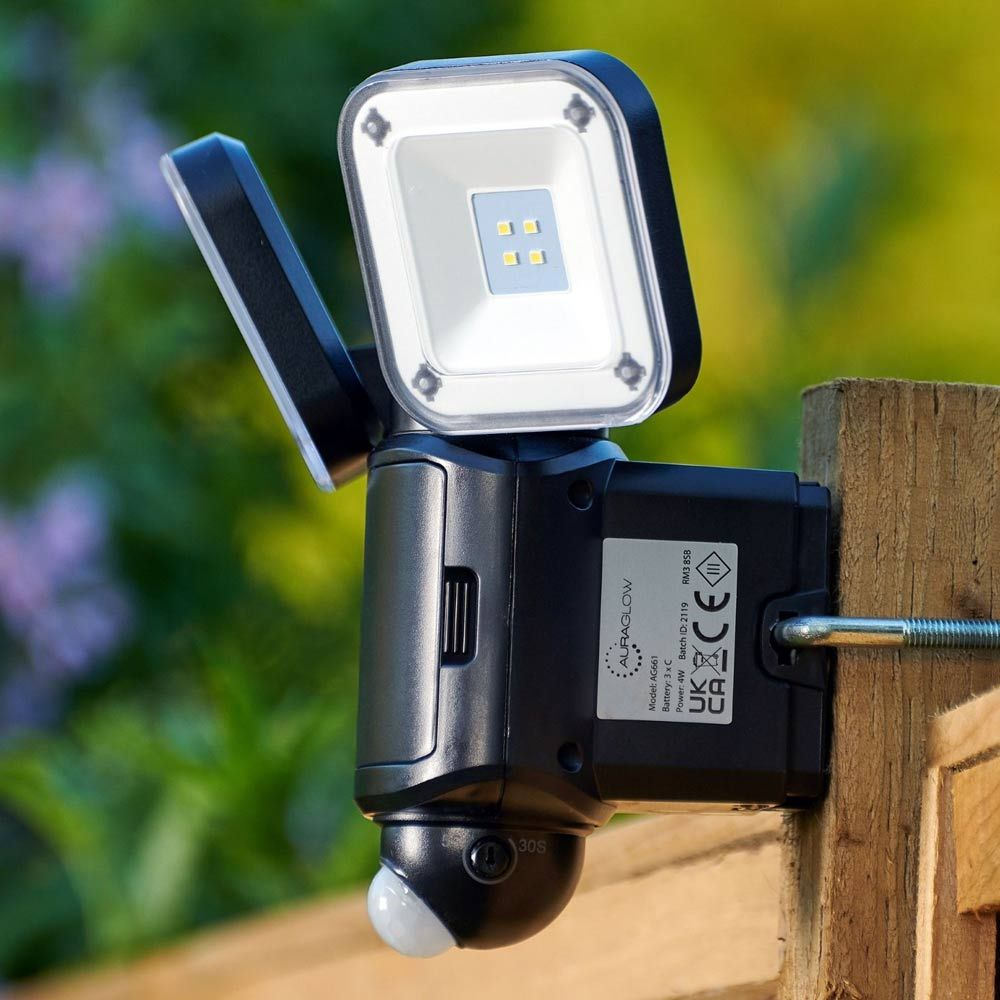
Subaru, a name synonymous with all-wheel drive performance and reliability, has carved out a unique niche in the global automotive landscape. From its humble origins in post-war Japan to its reputation as a rugged, dependable brand across continents, Subaru’s journey has been marked by innovation, resilience, and a dedication to engineering excellence. This article explores the key milestones in the history of Subaru cars, revealing how a small company grew to become one of the most respected automakers in the world.
The Origins of Subaru
The story of Subaru begins with the Nakajima Aircraft Company, which was founded in 1917. Originally involved in manufacturing aircraft for the Japanese military, the company transitioned after World War II into a new entity called Fuji Heavy Industries (FHI). With the Japanese economy recovering and consumer demand rising, FHI sought to enter the automotive market.
In 1953, the automotive division of FHI began work on developing cars, and in 1954, it introduced the Subaru 1500 prototype. This was the first passenger car concept developed by the company. Though only 20 units were produced due to financial and logistical constraints, the 1500 laid the groundwork for future projects.
The Launch of the Subaru Brand
In 1958, the company officially introduced its first mass-produced car, the Subaru 360. This compact car, often affectionately called the “ladybug,” was a kei car that met Japan’s strict regulations for small vehicles. Its lightweight design, affordability, and fuel efficiency made it extremely popular in post-war Japan. It was this model that marked the true beginning of the history of Subaru cars.
The name “Subaru” itself comes from the Japanese word for “unite,” and it also refers to the Pleiades star cluster. The six-star logo on Subaru vehicles represents the six companies that merged to form Fuji Heavy Industries. From the very beginning, Subaru embraced this symbolism of unity and innovation.
Engineering Breakthroughs: The Boxer Engine and AWD
Two engineering features became synonymous with Subaru cars: the horizontally opposed “boxer” engine and all-wheel drive (AWD). Subaru began using boxer engines in the 1960s, starting with the Subaru 1000, introduced in 1966. This engine layout offered a lower center of gravity, improved balance, and better handling.
Subaru took a major step forward in 1972 when it introduced the world’s first mass-produced all-wheel-drive passenger car: the Subaru Leone 4WD station wagon. Originally designed for rural mail carriers and professionals in snowy regions, the AWD feature soon became a Subaru trademark. By the 1980s, most Subaru vehicles featured AWD as standard, giving the brand a significant advantage in markets with harsh winters.
Subaru in the Global Market
Subaru entered the U.S. market in 1968, starting with the tiny 360, which initially received mixed reviews. However, as the brand continued to evolve and introduce more robust and practical vehicles, American consumers began to appreciate the unique qualities Subaru offered.
The 1980s and 1990s saw Subaru refining its lineup with models like the Legacy and the Impreza. These cars combined performance with practicality and established Subaru’s identity as a maker of reliable, all-weather vehicles.
One of the most significant events in the history of Subaru cars occurred in 1992 with the launch of the Subaru Impreza WRX. This performance-oriented model became a rally legend, especially under the leadership of driver Colin McRae. The WRX and its higher-performance sibling, the WRX STI, helped to raise Subaru’s global profile and attracted a younger, performance-minded audience.
Safety and Sustainability
Subaru has long prioritized safety, earning numerous accolades over the decades. The company launched its EyeSight Driver Assist Technology in 2008, featuring adaptive cruise control, lane departure warnings, and pre-collision braking. This suite of features helped establish Subaru as a safety-first automaker.
Environmental responsibility also plays a critical role in the company’s identity. Subaru’s Lafayette, Indiana plant became the first automotive assembly facility in the U.S. to achieve zero landfill status in 2004. This commitment to sustainability reflects the company’s philosophy of harmony between vehicles and the environment.
Popular Models and Cult Following
Over the years, several Subaru models have gained iconic status. The Forester and Outback, introduced in the late 1990s, exemplified the brand’s outdoorsy appeal. These crossover SUVs blended car-like handling with rugged utility, making them favorites among adventure seekers and families alike.
The Outback, in particular, redefined the crossover segment. With higher ground clearance, standard AWD, and a wagon-style body, it became a top choice for consumers in mountainous or snow-prone regions.
Meanwhile, the BRZ, a rear-wheel-drive sports coupe developed in partnership with Toyota, showcased Subaru’s ability to build lightweight, fun-to-drive cars beyond its AWD roots.
Subaru’s Loyal Fanbase
A defining trait of Subaru is its fiercely loyal customer base. Owners often cite durability, safety, and driving confidence as reasons for sticking with the brand. Subaru capitalized on this connection with community-driven marketing campaigns, such as “Love. It’s What Makes a Subaru, a Subaru.”
Events like Subaru meetups and rally festivals continue to strengthen the sense of camaraderie among enthusiasts. In regions like the Pacific Northwest and New England, Subaru has almost become a cultural identity, with models like the Outback and Crosstrek appearing in large numbers.
Challenges and Resilience
Despite its many successes, Subaru has faced its share of challenges. From economic downturns to supply chain disruptions, the company has navigated numerous obstacles. One such moment came in the early 2000s, when the company considered moving away from its AWD-only strategy due to cost concerns. Instead, Subaru doubled down, reinforcing its unique value proposition and emerging stronger.
During the global COVID-19 pandemic, like many automakers, Subaru experienced production delays and supply issues. However, its reputation for reliability helped it weather the storm better than many competitors.
The Future of Subaru
As the automotive industry shifts toward electrification, Subaru is preparing for a new chapter. In 2022, the company launched the Solterra, its first fully electric SUV, developed in collaboration with Toyota. The Solterra represents Subaru’s entry into the EV market while maintaining the core features that define its vehicles—AWD, safety, and adventure-ready capability.
The company also plans to invest heavily in hybrid and EV technology in the coming years, ensuring it remains relevant in a rapidly evolving industry.
Legacy of Innovation and Trust
From a modest aircraft manufacturer to a beloved global automaker, Subaru’s journey is a testament to perseverance, innovation, and a commitment to its values. The history of Subaru cars is filled with bold decisions, pioneering technology, and a deep understanding of what drivers need—whether it’s tackling rough roads, exploring the outdoors, or navigating daily commutes.





